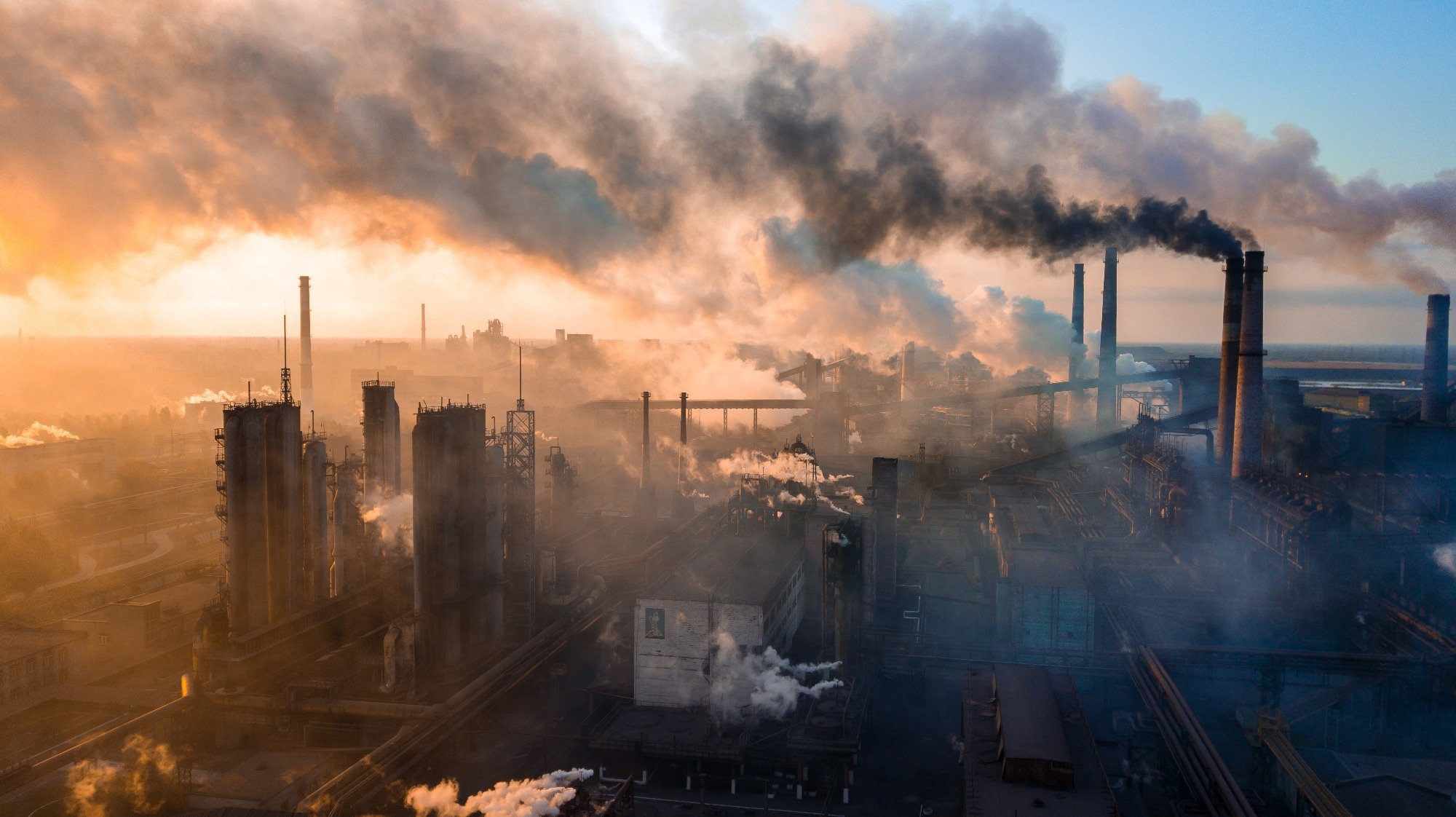Based on new research from the University of Surrey, although the majority of UK primary schools experience pollution levels higher than the safe levels recommended by the World Health Organization, taking simple precautions can reduce exposure to toxins indoors and outdoors by almost half.

Image Credit: Shutterstock.com/ TR STOK
Scientists from Surrey’s Global Centre for Clean Air Research (GCARE) explored whether installing air purifiers in classrooms, assembling a green screen along a school’s perimeter fence, and organizing school street projects during pick-up and drop-off hours would enhance the quality of the air of classrooms and playgrounds. Impact on Urban Health funded these projects.
The School Streets project, which prohibits cars from driving by schools at the beginning and end of the school day, also lowered particle concentrations, the researchers discovered, by up to 36%.
Air purifiers in classrooms were also shown to cut indoor pollution concentrations by up to 57%. Based on the wind patterns, green screens around the school’s perimeter lowered some of the most hazardous outdoor particle levels originating from highways by up to 44%.
Everybody, especially our children, deserves to live and work where the air is as clean and safe as possible. Unfortunately, the reality is far from ideal, with many of our schools unwittingly exposing children to harmful pollutants. The problem is particularly bad at schools near busy roads.
Prashant Kumar, Founding Director, Global Centre for Clean Air Research, University of Surrey
“Our research offers hope to many who care about this issue, as the results show that taking reasonable action can make a positive difference,” Kumar said.
About 30% of ten million children’s daily lives are spent in school, with 70% of that time being spent inside. 7,000 UK schools currently exceed the World Health Organization’s air quality standards, putting kids at risk for respiratory illnesses, compromised lung and brain health, behavioral issues, and elevated cancer risk.
According to Kate Langford, Initiative Director of the Health Effects of Air Pollution program at Impact on Urban Health, the research’s funders, “Every child has the right to learn in an environment that keeps them safe and healthy. But, every day, children are exposed to dangerously high levels of air pollution in and around schools.”
“Our partnership with Arup, Global Action Plan, and the University of Surrey has shown there are practical ways that we can protect children in and around schools and can help guide schools to implement these solutions.”
“These measures now need to be combined with efforts from local authorities at regional and national levels to improve air quality and create healthier places for children to live, learn and play.”
Schools should be safe places of learning, not places where students are at risk of health hazards. There is no safe level of air pollution, but children are particularly vulnerable to its impacts including the development of organs and their ability to learn.
Larissa Lockwood, Director, Clean Air Global Action Plan
Lockwood says, “Services like the London Schools Pollution Helpdesk ensure that schools have access to advise on what they can do to reduce exposure to air pollution, including the measures tested in this research. But this needs to be rolled out nationally—all children must be protected from the health effects of air pollution in their everyday lives.”
Professor Prashant Kumar stated, “My simple plea to decision-makers in the UK is this: simple actions speak louder than words. By giving every school resources to implement one of the measures detailed in our research, they could make a world of difference to tens of thousands of children in this country.”
Global Action Plan and Arup collaborated on the project, which was funded by Impact on Urban Health.
Journal Reference:
Abhijith, K. V., et al. (2022) Investigation of air pollution mitigation measures, ventilation, and indoor air quality at three schools in London. Atmospheric Environment. doi.org/10.1016/j.atmosenv.2022.119303.